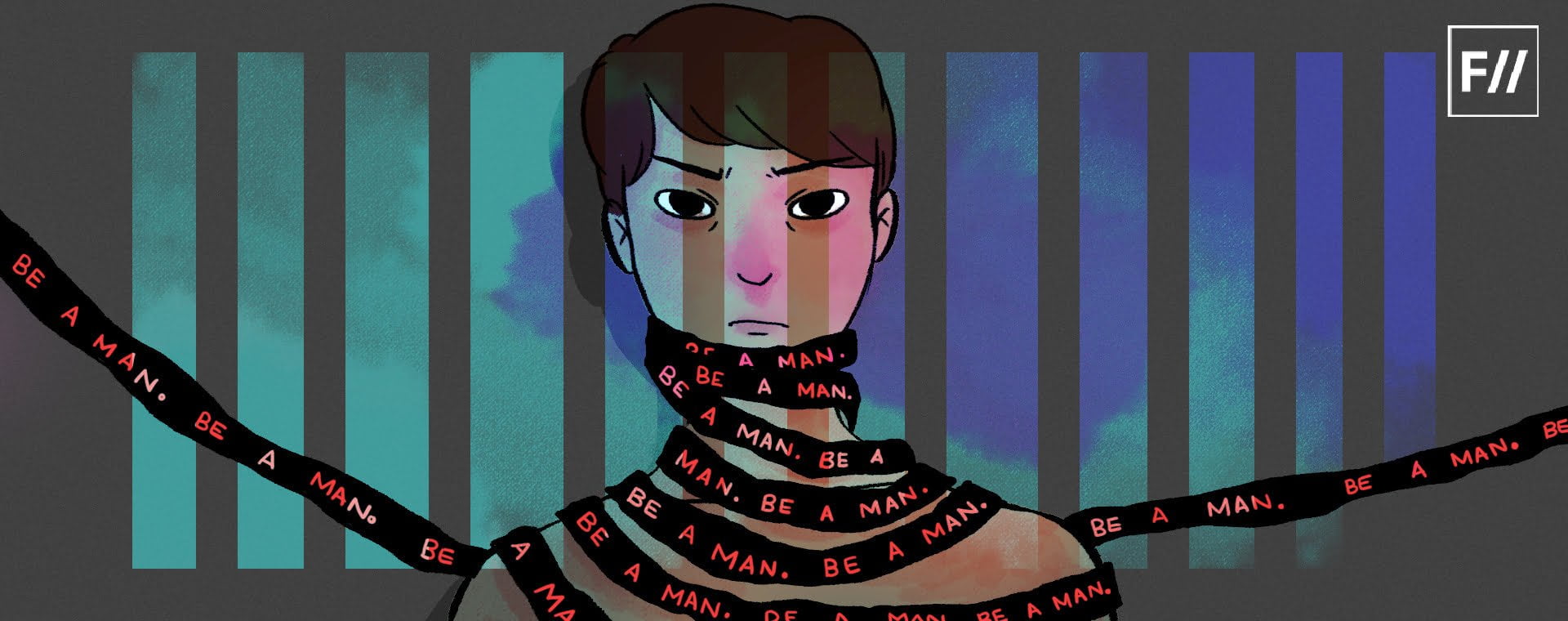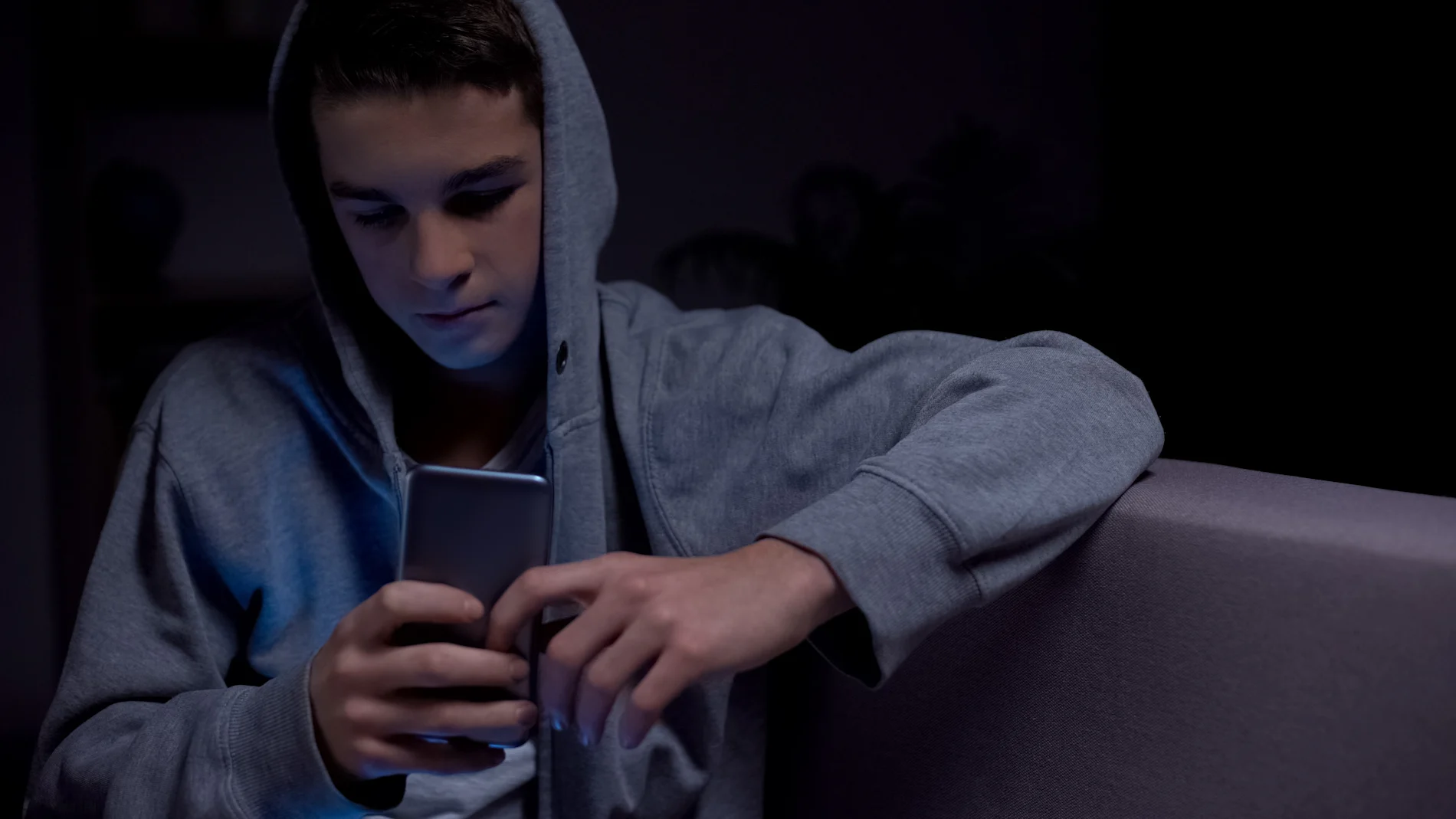Posted by Sayani Basak
Trigger warning: Child sexual abuse, Trauma
It was in May 2012. Summer vacation has just started. A new program by Amir Khan called Satyamev Jayaate would come on air in Star Plus. A bright Sunday morning and the first episode of the show had started. In a few minutes, my mother and I understood that the episode is based on child sexual abuse, a topic which we hardly want to talk about but every girl somewhere someday has been abused, however, small the incident might be. I remember many women came at the beginning of the show and towards the end of the show, it was Harish Iyer who came in the episode and started talking about the existence of male survivors of child sexual abuse (CSA). My mother and I were surprised to know about this reality in the first place itself.
The first question which came to our mind and we asked each other that, boys can also be abused? The answer was yes, very much. I searched over in google and found a study conducted by Ministry of Women and Child Development (2007) which stated that 53% boys and 47.06% girls were sexually abused, but, 17% of adult victims wanted harsh punishment for their perpetrators and 70% never reported the abuse to anyone. Underreporting often gets noticed among the male survivors as rarely they come in front to report about their abuse and approach for professional help.
The notion that “men are stronger and can protect themselves; on the other hand, women need to be protected by men” damages both genders among survivors.
In continuation of my last article which was published in FII (Feminism in India) on, I wrote about why child sexual abuse is still known as silent crime. Here in this article, I am going to write about how silence prevails among the male survivors of CSA. During my study and field work with adult survivors of CSA, I got to interview only two male survivors. One male survivor was 27 years old and has disclosed at the age of 24 years. He was also working with other male survivors to help them in their respective disclosures. And another male survivor who was in his 40 years, has for the first time disclosed at that age to the researcher. Most of the time it is found that boys are groomed not to reveal their doubts, weaknesses, emotions and fears, they usually land up not disclosing about their childhood abuse as it might bring further questions on their ‘being a man.’
Arindam*, one of the male survivors, narrated, “I always had a fear of rejection to talk about it; because no one will believe me that I was abused as I am a boy. Even when I told first to one of my close friends, they laughed out loud and made fun of me. The term ‘abuse’ is understood as feminine and males undergoing sexual abuse is often rebuked and ridiculed. I was ridiculed in front of the class when I first share this incident among my friends. My friends thought me as a pervert and later when I shared the same with my girlfriend, she said I might be a future perpetrator. So, she cannot keep any relationship with me. I started losing friends after then.”
we often push the boy child to behave in a ‘boy-like’ behaviour which promotes anger, aggression, strong and being unemotional.
Sumanta*, another male survivor, on the other hand, narrated, “I never thought myself to be victimised for the abuse; I am a man, he is the one who did it, of course. I have hard feelings towards him. I would not like my son to sit beside him, knowing what he did to me. But then, I don’t want to share this incident to anyone, even not with my wife; I have never shared this to anyone. I am a man.”
Also read: Terry Crews’ Fight Sheds Light On Male Victims Of Sexual Assault
The notion that “men are stronger and can protect themselves; on the other hand, women need to be protected by men” damages both genders among survivors. The hegemonic practices are so stringent and engrained in its presence that every society keeps on following the normative masculinity standards, enforcing such behavioural acts from the very childhood days.
Arindam* further added, “There was a time when I stopped going outside of my home. I stopped brushing my teeth; I started smoking, drinking alcohol, started taking drugs to forget those incidents. I even tried to commit suicide many times, thinking that ‘I am a man’ who was abused. I started performing badly in academics, and even I could not decide which career is fine for me because I was too messed up inside. Somewhere, I feel that females can still say they are abused, for boys that space of being abused still needs to be created. For a girl, people might still believe yes, it is possible for her to get abused. But for a man, that possibility does not even exist.”
Thus, somewhere in rearing a boy child we often unknowingly (or even knowingly) enforce on them the standards of masculinity to a certain stage that fear of being ridiculed and judged by others becomes so prominent, that it does not even create the space of their vulnerable voices to disclose towards their loved ones. Underreporting often has been found among the child sexual abuse male survivors worldwide.
Also read: How The Men’s Rights Movement Hurts Male Survivors Of Sexual Assault
As patriarchal notions exist in most of the societies, we often push the boy child to behave in a ‘boy-like’ behaviour which promotes anger, aggression, strong and being unemotional. Thus, preparing the child to lead a life towards toxic masculinity. The women’s conflict towards ‘purity-in-virginity’ and men’s conflict to embrace their masculinity standards show how the power structure of patriarchy shapes and groom children in the society that destroys both the sexes in every possible way. As a society it is high time that we also acknowledge the vulnerability of boys, provide them with adequate spaces and strength to their voices to create safety and security to every child, irrespective of their sexes.
*Arindam and Sumanta are used as a pseudo name for the Male Survivors to maintain the anonymity of the respondents in the study.
Sayani Basak is a PhD Student from Tata Institute of Social Sciences, Guwahati Campus. She is trained in Psychology but has found new love in Gender and Sexuality Studies. She loves dancing and painting, and has a keen interest in graphology. You can follow her on Facebook.
Featured Image Source: Pinterest
About the author(s)
Guest Writers are writers who occasionally write on FII.




